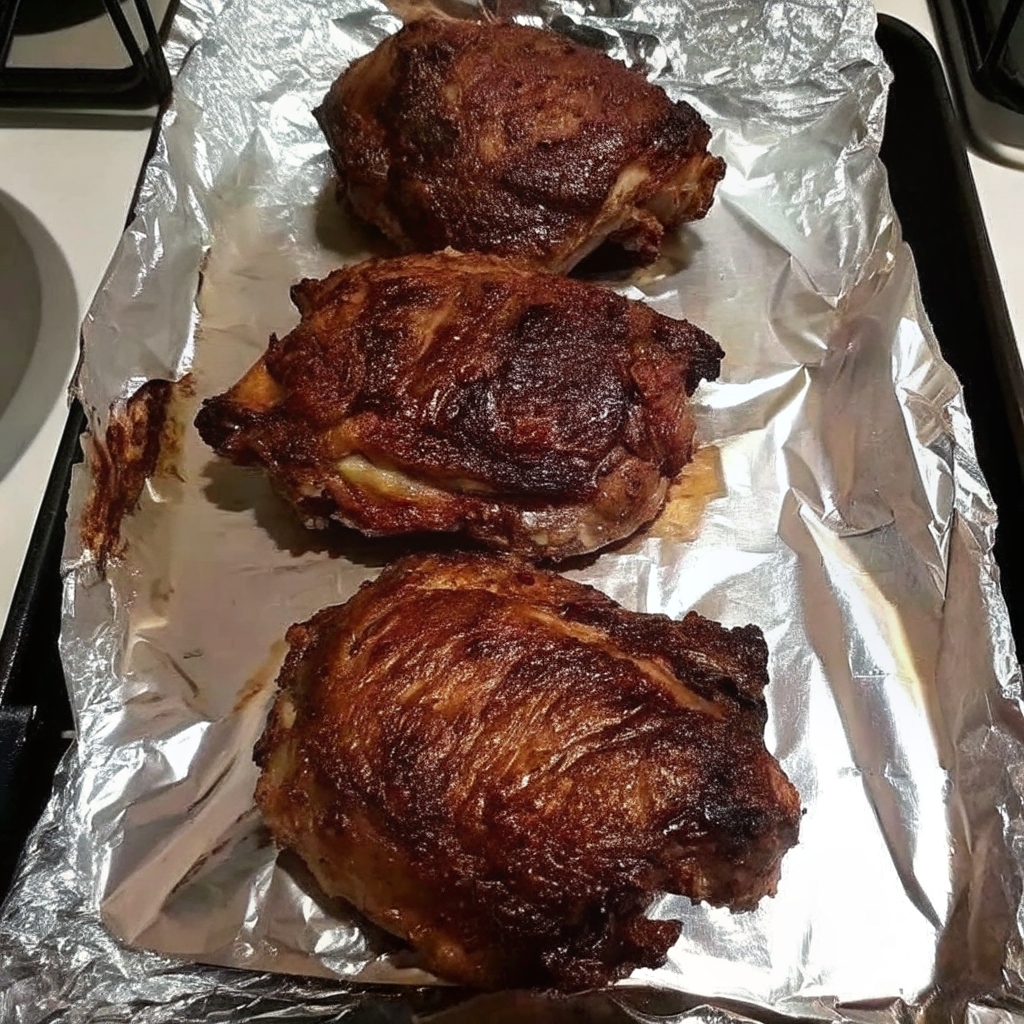Ribeye Steak Recipe: How to Cook the Perfect Ribeye at Home
Ribeye steak is one of the most beloved cuts of beef, known for its tender texture, beautiful marbling, and rich, beefy flavor. Whether you’re planning a weekend dinner, a date-night meal, or simply want to master the art of steak cooking, ribeye is the cut that guarantees satisfaction.
In this complete guide, we’ll cover not just the step-by-step recipe but also professional tips, mistakes to avoid, and answers to the most common questions people search for about ribeye steak. By the end, you’ll be able to cook a ribeye steak at home that rivals any steakhouse.
Why Ribeye Steak?
The ribeye comes from the rib section of the cow, specifically from the longissimus dorsi muscle. Unlike more active muscles, this area doesn’t do much work, so the steak remains tender. The highlight of ribeye is its marbling — the white streaks of fat within the meat that melt as the steak cooks, creating exceptional juiciness and flavor.
That’s why ribeye is often called the “king of steaks.” It’s indulgent, satisfying, and relatively forgiving compared to leaner cuts like filet mignon.
Ingredients for Ribeye Steak
To keep the focus on the steak itself, the ingredient list is intentionally simple:
| Ingredient | Quantity | Notes |
|---|---|---|
| Ribeye steak | 1 (approx. 3 cm thick) | Choose well-marbled beef |
| Sea salt flakes | To taste | Flaky or coarse salt works best |
| Freshly ground black pepper | To taste | Grind just before cooking |
| Unsalted butter | 50 g (about 3.5 tbsp) | Adds richness for basting |
| Fresh thyme sprigs | 2 | Rosemary is a good alternative |
| Garlic clove | 1, lightly crushed | Infuses the butter with aroma |
Step-by-Step Recipe
1. Bring the steak to room temperature
Take the ribeye out of the refrigerator at least 30 minutes before cooking. This helps the meat cook evenly.
2. Season generously
Pat the steak dry, then season all sides with sea salt and black pepper. Don’t be shy — ribeye is thick and needs a good amount of seasoning.
Pro tip: For extra flavor, salt the steak the night before and refrigerate uncovered. This “dry brining” intensifies flavor and improves texture.
3. Heat your skillet
Use a cast iron or heavy skillet. Place it over medium-high to high heat until very hot — almost smoking. A properly heated pan is essential for that golden-brown crust.
4. Sear the steak
Lay the steak in the pan and let it sear for 2–3 minutes per side without moving it. For a steak that’s about 3 cm thick, you’ll need about 5 minutes total for medium-rare.
Use this internal temperature guide for accuracy:
-
Rare: 50°C / 122°F
-
Medium-rare: 55°C / 130°F
-
Medium: 60°C / 140°F
-
Medium-well: 65°C / 150°F
-
Well-done: 70°C / 158°F
5. Add butter, garlic, and thyme
Once you flip the steak, add butter, thyme sprigs, and the crushed garlic clove to the skillet. The butter will melt and mix with the aromatics, creating a flavorful basting sauce.
6. Baste the steak
Tilt the skillet slightly and use a spoon to baste the steak with the melted butter, herbs, and garlic for about 1 minute. This step adds flavor and helps finish the cooking.
7. Rest the steak
Remove the steak from the skillet and let it rest for 5 minutes. Resting allows the juices to redistribute, keeping the meat juicy instead of leaking onto the plate.
8. Slice and serve
Slice the ribeye against the grain for maximum tenderness. Sprinkle with a final touch of flaky salt and serve immediately with your favorite side dishes.
Common Mistakes to Avoid
-
Cooking steak straight from the fridge: Leads to uneven doneness. Always let it sit at room temperature.
-
Not using enough heat: A lukewarm pan won’t create a crust. Preheat properly.
-
Skipping the rest: Cutting too soon makes juices escape. Always rest your steak.
-
Under-seasoning: Ribeye is thick; use plenty of salt and pepper.
-
Burning the butter: Add butter after the first flip to avoid burning.
Best Side Dishes for Ribeye Steak
A ribeye steak is rich, so sides should complement rather than overwhelm:
-
Potatoes: Mashed, roasted, or crispy fries
-
Vegetables: Sautéed mushrooms, grilled asparagus, roasted carrots
-
Salads: Arugula salad with lemon vinaigrette or a classic Caesar salad
-
Sauces: Peppercorn sauce, chimichurri, garlic butter, red wine reduction
People Also Ask (PAA) About Ribeye Steak
How do you make ribeye steak tender?
Ribeye is naturally tender thanks to its marbling, but a few techniques help: let it reach room temperature before cooking, season generously, sear at high heat, and allow it to rest before slicing.
Should ribeye be cooked with oil or butter?
Both! Start with a small amount of oil to handle the initial high heat sear. Add butter after flipping for flavor and basting.
Is ribeye better grilled or pan-seared?
Both methods are excellent. Grilling adds smoky flavor, while pan-searing (especially in cast iron) allows you to baste with butter and herbs for extra richness.
How long should you rest ribeye steak?
About 5–7 minutes for a standard ribeye. Larger cuts like tomahawk ribeye may need up to 10 minutes.
What is the best doneness for ribeye steak?
Most chefs recommend medium-rare (55°C / 130°F) because it balances tenderness, juiciness, and flavor. However, it depends on personal preference.
Can you cook ribeye without a cast iron skillet?
Yes, though cast iron is ideal. A heavy stainless steel pan works as well. Avoid thin pans, as they won’t hold heat properly.
Final Thoughts
Cooking ribeye steak at home is easier than it seems. With a hot skillet, a few simple ingredients, and attention to detail, you can create a tender, juicy steak with a golden crust and rich flavor.
Whether you serve it with mashed potatoes and green beans, or a simple salad and a glass of red wine, ribeye steak always feels like a celebration.
Next time you’re craving steak night, skip the steakhouse and cook this ribeye recipe in your own kitchen — your taste buds will thank you.
For more recipes follow me in Facebook , Pinterest !


